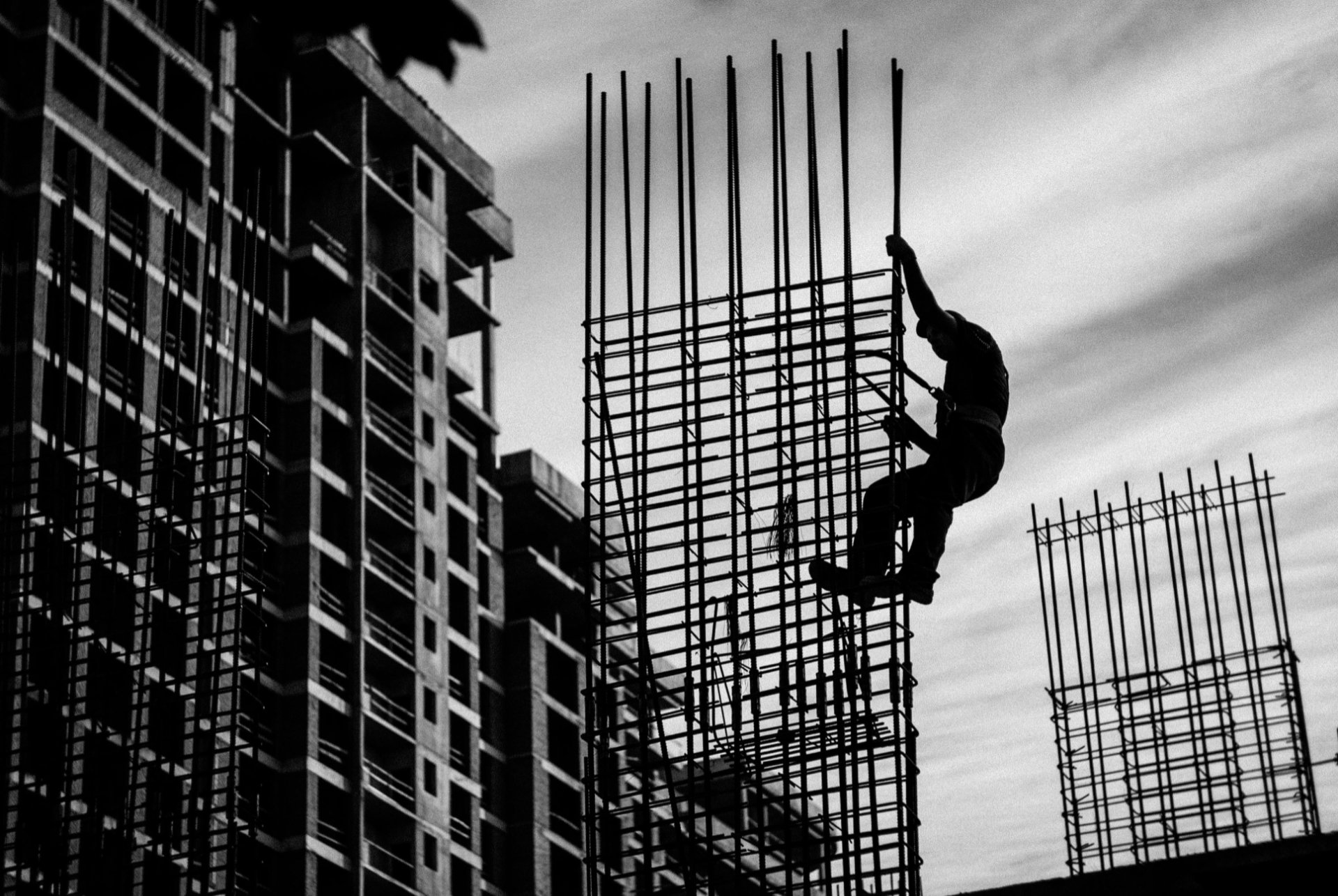This guide covers essential information for anyone preparing for the UK CSCS Specialist Working At Height Category 20 exam. It highlights key safety principles, regulations, and best practices to ensure a comprehensive understanding of working at height.
Be sure to also use our CSCS Specialist Working At Height practice questions too.
Load Bearing Capacity
- Check the load-bearing capacity of roofs, working platforms, and access equipment before use to prevent structural damage or collapse.
- Verify the weight limits specified by manufacturers for equipment like mobile elevating work platforms (MEWPs) and mobile access towers.
Fall Prevention Systems
- Use personal fall arrest systems (harnesses, lanyards) as a last resort after exhausting other fall prevention methods.
- Regularly inspect fall arrest equipment for any damage or defects before use.
- Attach lanyards to secure anchorage points within the work platform, not structures being worked on.
- Consider collective fall arrest measures like safety nets and soft-landing systems for broader protection.
Edge Protection and Guard-rails
- Install edge protection systems and guard-rails to prevent falls of people and objects from edges and openings.
- Guard-rails should be fitted on working platforms whenever a fall could lead to an injury, regardless of height.
Ladders and Access Equipment
- Use ladders only when alternative access equipment is unavailable.
- Ensure ladders extend at least 1 metre above the stepping-off point for a secure handhold.
- Maximum vertical distance between landings for portable ladders is 9 metres.
- Use specialised equipment like MEWPs and access towers for safe access to elevated work areas.
Weather Conditions
- Consult the Beaufort Scale to assess wind speeds and their impact on working at height.
- Cease work if wind conditions become unsafe or compromise stability.
- Have outdoor access equipment inspected by a competent person after adverse weather exposure.
Safe Work Practices
- Secure materials properly to prevent them from falling or being blown off roofs and work areas.
- Transfer waste materials using designated chutes or containers to avoid dropping debris.
- Stop work and report any equipment defects or safety concerns immediately.
Training and Competency
- Only trained, competent, and authorised personnel should erect, dismantle, or modify scaffolding and access equipment.
- Follow manufacturer’s instructions and safety guidelines for correct assembly and use.
Risk Assessments and Method Statements
- Conduct thorough risk assessments before commencing work at height, following a hierarchy of controls.
- Develop comprehensive safety method statements detailing operation sequences, fall prevention strategies, and designated supervisors.
Public Safety
- When working above public areas, prioritise preventing objects from falling onto individuals below.
- Install barriers, netting, or protective coverings as necessary to safeguard the public.
By studying and applying the principles outlined in this guide, individuals can enhance their knowledge and preparedness for the CSCS Specialist Working At Height exam, ultimately contributing to a safer working environment at height.

